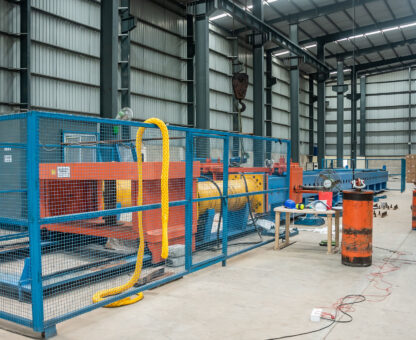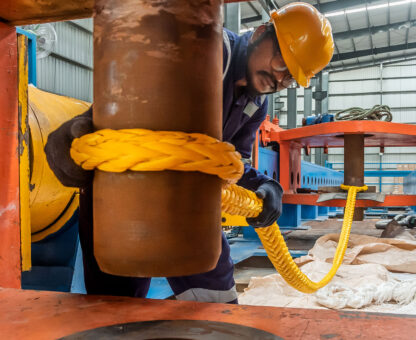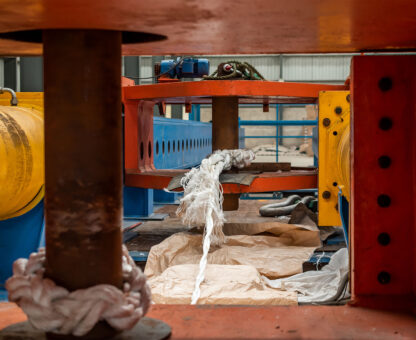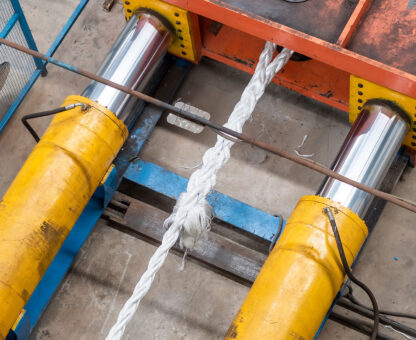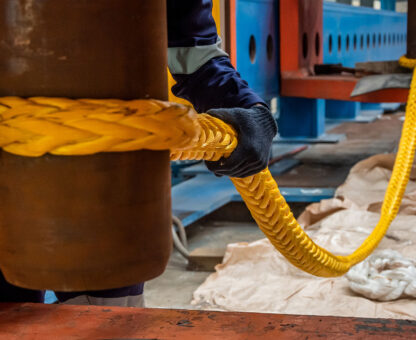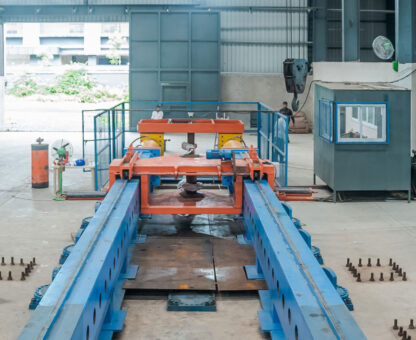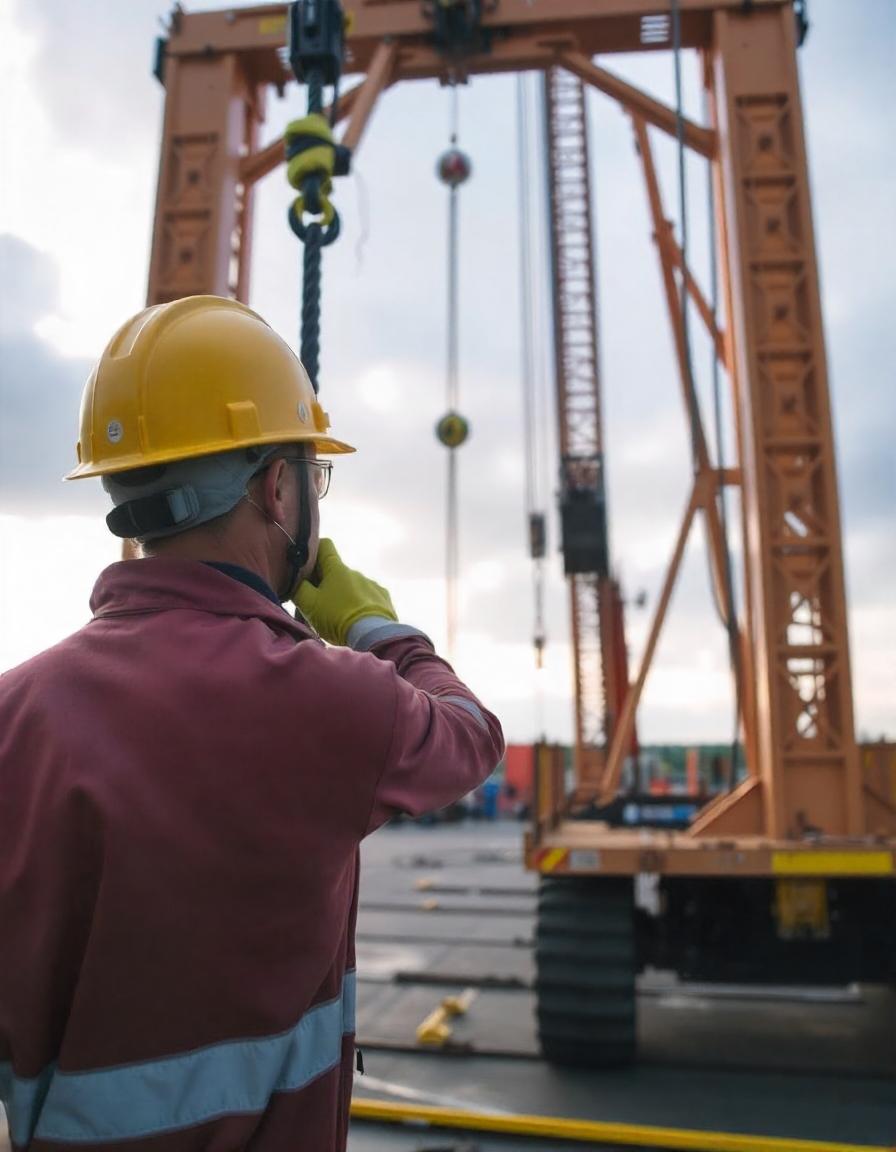Top Mistakes to Avoid in Lifting Gear Operations
In heavy lifting operations, understanding the science of load distribution is paramount. Effective load balancing not only ensures safety but also enhances operational efficiency. This blog delves into the physics behind load distribution, explores the principles of safe lifting techniques, and highlights their applications across industries.
1. Neglecting Pre-Use Inspections:
One of the most common mistakes in lifting gear operations is failing to conduct thorough inspections before each use.
Why It Matters: Defects like worn slings, loose bolts, or corrosion can compromise safety.
How to Avoid: Establish a checklist for visual and functional inspections, and train operators to identify potential issues.
2. Overloading Equipment
Exceeding the working load limit (WLL) is a major error that jeopardizes both safety and equipment integrity.
Why It Matters: Overloading can cause structural failures and accidents.
How to Avoid: Always adhere to the manufacturer's load ratings and consider load distribution.
3. Improper Rigging Practices
Poor rigging practices, such as using the wrong type of sling or improper hitching techniques, can lead to unstable loads.
Why It Matters: Incorrect rigging can cause load imbalance and accidents during lifting.
How to Avoid: Train riggers on proper techniques, such as vertical, basket, and choker hitches, and use the right sling material for the load type.
4. Ignoring Environmental Factors
Environmental conditions like wind, rain, or extreme temperatures can impact lifting operations.
Why It Matters: Adverse conditions increase the risk of accidents and equipment wear.
How to Avoid: Adjust lifting strategies to account for weather conditions and use equipment rated for extreme environments.
5. Inadequate Operator Training
Untrained or poorly trained operators are a leading cause of lifting gear mishandling.
Why It Matters: Knowledge gaps can lead to incorrect equipment use, increasing the likelihood of accidents.
How to Avoid: Implement comprehensive training programs and periodic skill assessments for all operators.
6. Lack of Maintenance
Failing to perform regular maintenance can lead to equipment failure at critical moments.
Why It Matters: Poorly maintained equipment is more likely to malfunction.
How to Avoid: Establish a regular maintenance schedule, including lubrication, part replacements, and thorough inspections.
7. Skipping Communication Protocols
Clear communication between team members is essential during lifting operations.
Why It Matters: Miscommunication can lead to accidents, such as load drops or equipment damage.
How to Avoid: Use standardized signals, clear instructions, and reliable communication devices.
8. Failure to Use Proper Protective Equipment
Not wearing personal protective equipment (PPE) is a preventable mistake with serious consequences.
Why It Matters: PPE like helmets, gloves, and boots protect workers from potential injuries.
How to Avoid: Enforce strict PPE policies and provide regular training on its importance.
Conclusion
Avoiding these common mistakes can significantly improve safety and efficiency in lifting gear operations. By focusing on proper training, equipment maintenance, and operational protocols, industries can reduce risks and enhance performance. Safety in lifting operations isn’t optional; it’s a necessity that protects lives and assets.
Have a Project? Let’s Talk!
TESTING FACILITY
